Locating deep sky objects without Go-To control is sometimes very exhausting and can be frustrating. With the EF 200mm f/2.8L and the Kenko 1.4x converter at 280mm I was for the first time in trouble to find an object…
Some are very easy to find, if they have a bright star(s) nearby:
- NGC 7000 North America Nebula / Pelican Nebula (Deneb)
- M45 Pleiades (very very easy…)
- M42 Orion Nebula (very bright object at all)
- M31 (so large and bright… big chance that some part of it is quickly on a testshot)
Other objects needs more time to find them…
The hardest object to find was the faint Galaxy IC342. Neither visible on the preview images nor on a 180sec. shot…
Preparations
Add all your equipment to Stellarium (DSLRs, lenses, extenders, …). Read more here.
DSLR alignment
The alignment of the DSLR is important to match the field of view in Stellarium. Within tripod mount ring the DSLR can be rotated 360° to get the best angle.

Of course without tripod ring the DSLR can’t rotate 360° so the field of view is always in portrait orientation along the equatorial grid (if the DSLR is attached directly on the L-bracket from the Star Adventurer Astro-Set).

Star Hopping with short exposures and Stellarium
Star hopping is a method to find objects by using star maps and well visible stars. Stars can guide you to a faint object.
I use short exposure images to check, if I’m still on the route, which I plan at home in Stellarium before the sessions starts. It’s not really a star-to-star route. Its a route along the Declination and the Right Ascension axis.
I start with an easy to find bright star (prefered from a constellation). In this example with Betelgeuse from the Orion constellation.
See my 6 test shots (minimal enhanced) I needed to find the Rosette Nebula. All test shots are 10s exposures at ISO1600, f/5.6, 400mm.
On image 2 to 5 the periodic error of my Star Adventurer is clearly visible (only 10s exposure time!)… what would I do without the MGEN… 😉
Sometimes there are no stars for orientation on the test shots… worst case! Then I go back or forward slightly in one axis, do another test shot and so on…
I admit… I did 4 more shots to center the Rosette Nebula 😉
To move accurate to the object I use the DEC knob on the L-bracket (very slightly) and the arrow keys (RA) of the Star Adventurer.
When the object is found and centered, I calibrate and start the MGEN-II and begin with the shooting (usually 10 to 30 minutes after the Polar Alignment).
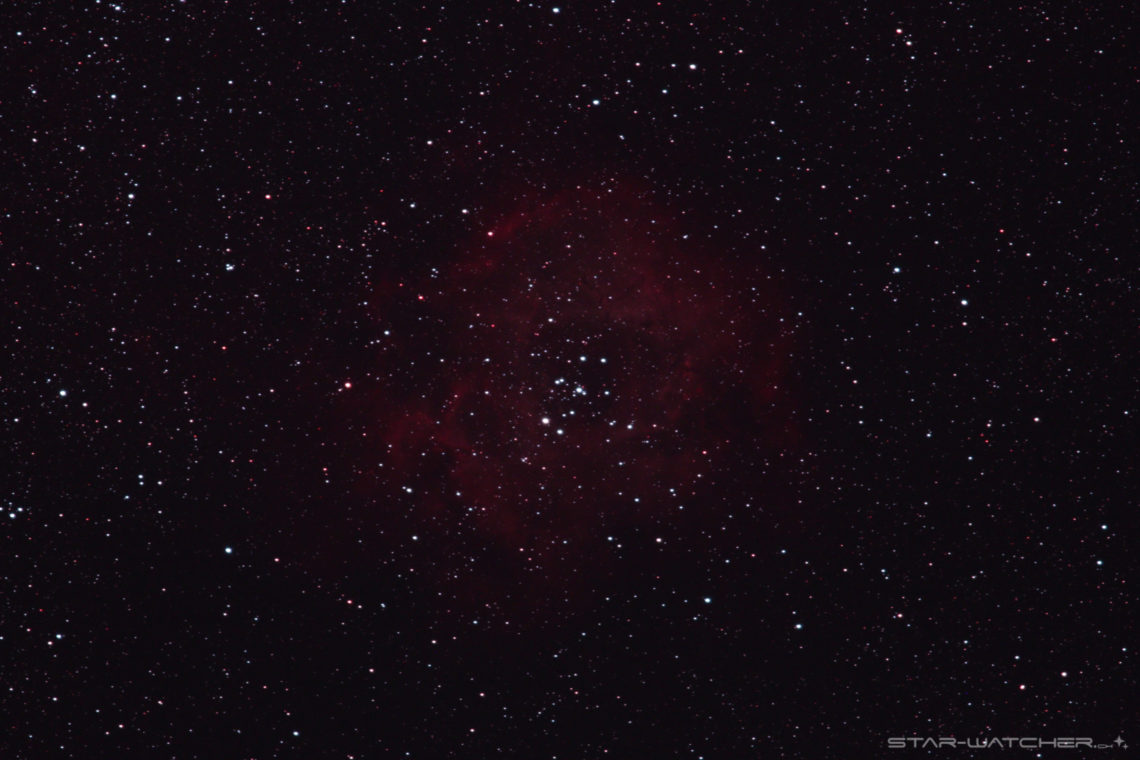





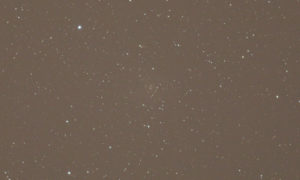

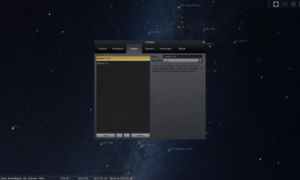
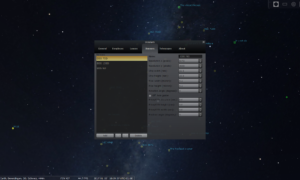
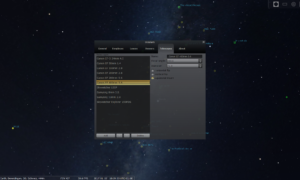



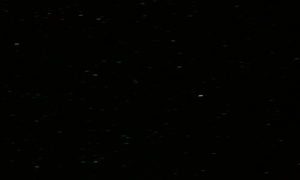


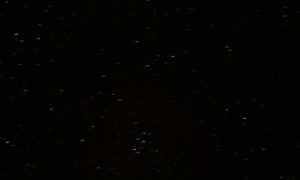



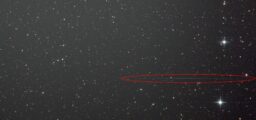
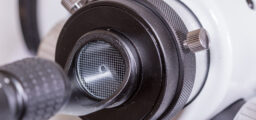
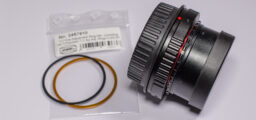
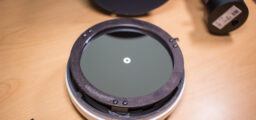

2 comments
Danke für die coole Anleitung. Ich hätte hier noch ein paar Fragen:
– Was ist die max Brennweite welche du verwenden kannst ohne MGEN zu verwenden?
– Wie lange drückst du für die Tasten für eine RA Korrektur? bei dauert das Ewigkeiten
– Wie machst du die Erstausrichtung? Ich habe Mühe auf Anhieb den richtigen Ausschnitt zu finden.
Gruss aus Biberist
Stefan
Hallo Stefan
Also ich würde bis maximal 200mm ohne Nachführung gehen. 280mm hatte ich auch noch ohne Autoguider verwendet, aber der Ausschuss wurde schon sehr viel (40-60%).
Bei mir dauert die RA-Korrektur auch Ewigkeiten 😉 Ich verwende die Tasten wirklich nur noch um fein zu justieren.
Für die Erstausrichtung nehme ich immer einen von Auge sichtbaren Stern, den ich vorher in Stellarium ausgesucht habe, möglichst aus einem Sternbild (die sind einfach zu finden). Optimal ist natürlich, wenn sich ein heller Stern auf der gleichen Höhe oder Breite wie das Objekt befindet. So muss ich dann nur noch in einer Achse drehen, um vom Stern zum Objekt zu gelangen.
Die Sterne von Sternbildern sind auch immer im LiveView ohne Vergrösserung sichtbar. Danach mache ich Star Hopping und suche den Weg zum Objekt mit Hilfe von Stellarium, indem ich Testaufnahmen mache und die dann mit Stellarium vergleiche. Mal benötige ich bis zu 20 Testaufnahmen um zum Objekt zu gelangen, manchmal auch nur 3 (Durchschnitt so 10 Aufnahmen)… und in ganz seltenen Fällen treffe ich das Objekt auf Anhieb (zB. Andromeda). Aber ohne Stellarium wäre ich wohl aufgeschmissen…
Grüsse aus Derendingen 🙂
Karol